Affiliate links on Android Authority may earn us a commission. Learn more.
Why cell phone plans are so expensive
Published onDecember 26, 2017
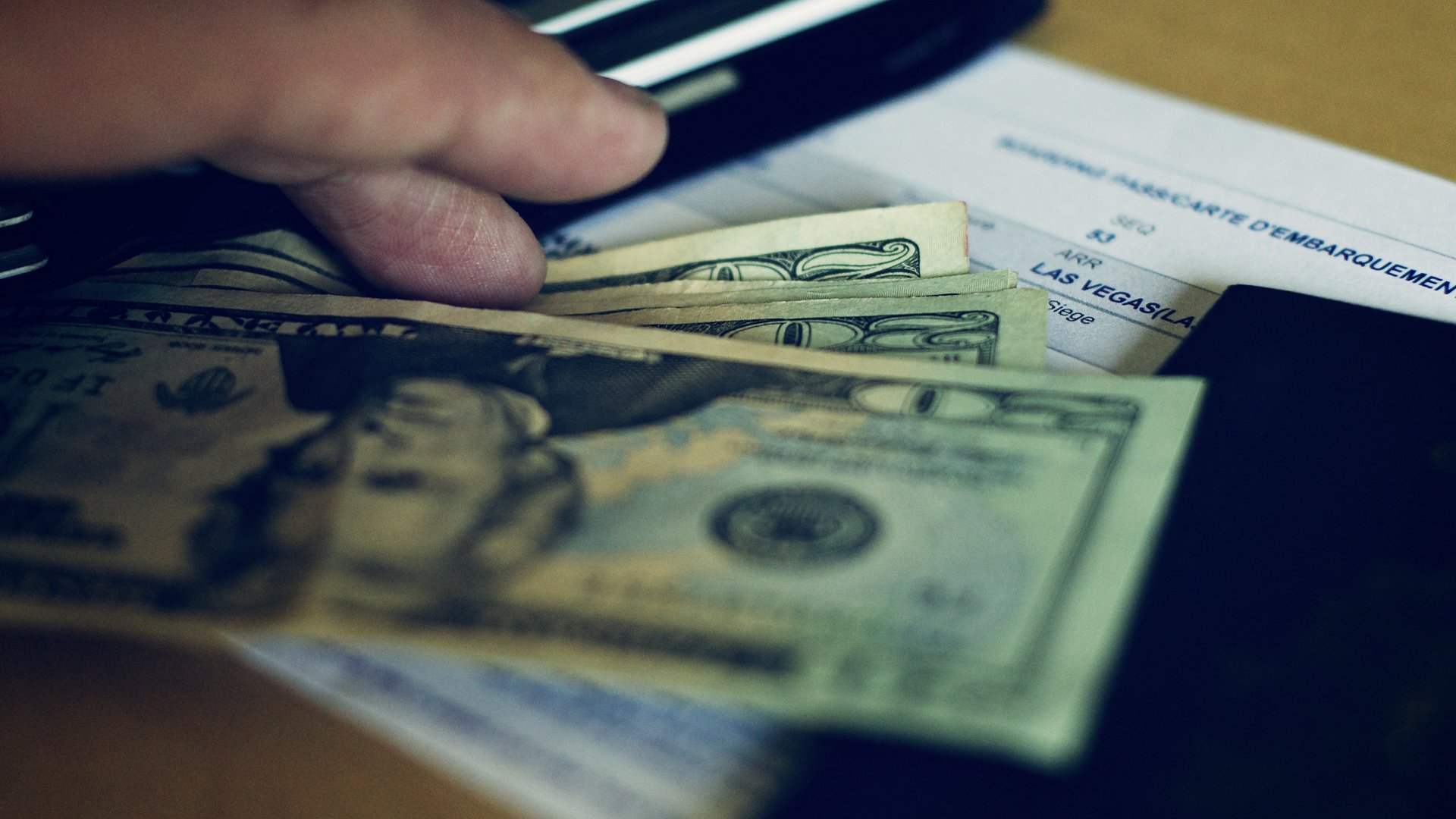
Cell phone plans are a constant payment we make each and every month. But have you ever thought about exactly what you are paying for? Of course, we pay to be connected, talk whenever we want, send texts, and stream music as we ride the bus. That’s the end result. But what’s the cost for all this? One problem here is that plan costs haven’t changed significantly across the decades, even as technology has rapidly advanced. We keep paying, each and every month.
Why do we pay so much?
First, let’s look at what Americans get in their plans to understand the grand scheme of the market.
What’s in a bill
Comparing cell phone plans is not easy. It’s intentionally hard to prevent fast comparisons to stop churn. There’s always a monthly cost, but add in pre-paid vs post-paid, upfront fees, extra lines, extra taxes, bonus extras you may or may not use, capping vs throttling, limited “unlimited plans” … the list goes on.
At just a high-level, here’s the big four carriers and their unlimited minutes/texts plans, both pre-paid and post-paid:
| Carrier | Price | Data | Minutes/Texts |
| AT&T (Unlimited Choice Plan) | $60 | Unlimited | Unlimited |
| AT&T (Prepaid) | $30 | 1GB | Unlimited |
| Verizon (S Plan) | $35 | 2GB | Unlimited |
| Verizon (Prepaid) | $40 | 3GB | Unlimited |
| Sprint (Unlimited Freedom Plan) | $60 | Unlimited | Unlimited |
| Sprint (Prepaid) | $40 | 2GB | Unlimited |
| T-Mobile (One Unlimited Plan) | $70 | Unlimited | Unlimited |
| T-Mobile (Prepaid) | $45 | 4GB | Unlimited |
A broad average cost here is around $45 a month, which gives around 4GB of high-speed LTE data. Now let’s take a look internationally.
International rates
The USA is one of the more expensive countries for cell phone services. In a double blow, US carriers also rate poorly based on availability and speed when compared internationally.
Finland is at the top of the tree: cheap, fast, and service everywhere. 30 Euro or $35 gets you unlimited data, minutes and texts with more than three separate carriers, along with texts and minutes on high-quality, 4G LTE networks that cover 98 per cent of the nation.
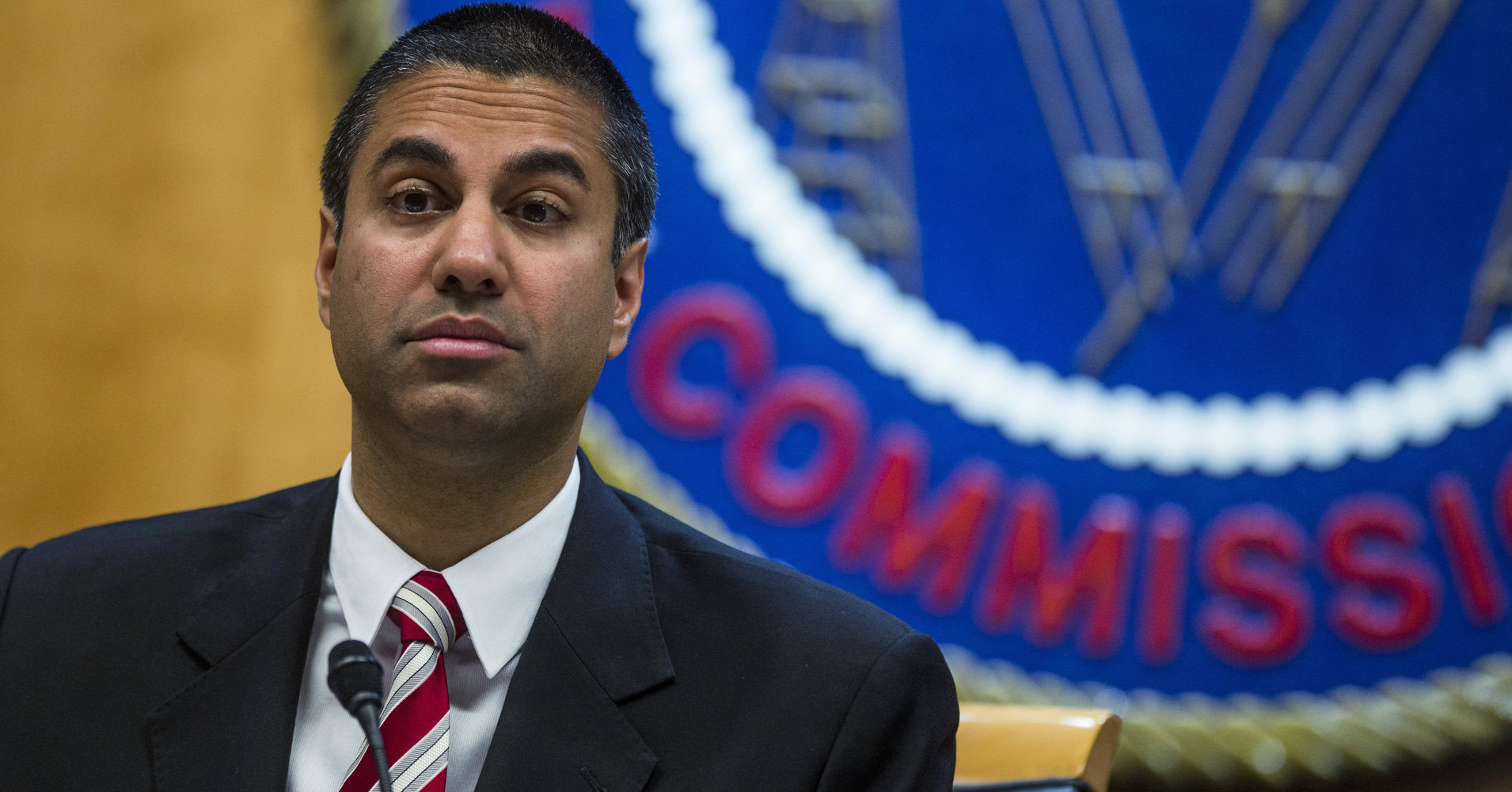
It’s impressive, especially for Finland, one of Europe’s least populated and lowest density countries with about 5.5 million inhabitants, or 16 inhabitants per square kilometer. The USA stands at around double that, with 35 inhabitants per square kilometer.
The UK is much closer to the US, where Vodafone (UK) costs around $37 for 4GB of high-speed data with unlimited calls and texts. In France expect to pay a carrier like Orange around $28 for 2GB of data, with unlimited minutes and texts for good speeds and availability. Japan is quality but more restrictive – signing you up for 24-month contracts. $55 with Softbank will get you unlimited data.
All in all, despite the USA’s giant market and what is being paid, it compares poorly on the international scene.
USA: Market size
Remember, the average is around $45 per month per person. A single big city – say, Los Angeles, with just under four million people – has a wireless cellular market alone worth more than $3.5 billion annually.
At the scale of a country like the United States, where the number of cellphones easily exceeds the population, those numbers start to get significant. The wireless market nationwide is more than $265 billion per year, and expected to clear $300 billion by 2021.
Where does all the money go? What are the major costs we’re paying?
Where does all the money go?
Spectrum licenses
Broadcasting out and receiving radio wave transmissions is highly regulated across the globe, and the USA is no different. The spectrum is finite. It’s also the lifeblood of the wireless industry, and hugely valuable.
Since 1994, the Federal Communications Commission (FCC) has conducted 87 auctions of licenses for electromagnetic spectrum which raised over $60 billion for US Treasury. The auctions are a mix of new spectrum being opened and repurposing existing licenses – such as in 2007, when the FCC killed off analog TV broadcasting to open up the 700MHz spectrum for sale.
Rights can be traded and companies that hold valuable rights are often acquired – Verizon recently beat out AT&T to buy Straight Path, a company that owned high-frequency radio waves, useful for the future 5G network. There are companies devoted to tracking spectrum movements and ownership, with more than 1900 individual licensees.
Scratch the surface and things get complicated, so let’s take a quick look at what goes on.
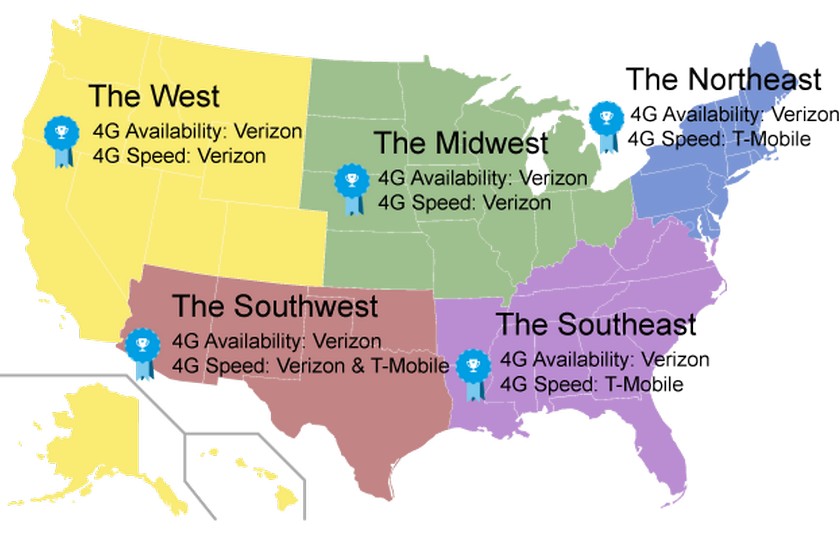
The spectrum auction
Competition for spectrum is fierce, yet it doesn’t always sell – the FCC can impose tough restrictions or conditions on its use.
The spectrum on offer in any auction is sold in blocks, or chunks of the spectrum, city-by-city or nationwide. In the 2007 700 MHz auction for instance, the FCC gave out a helpful map of the spectrum for sale. The yellow blocks were already sold, with the white blocks for sale in this round:
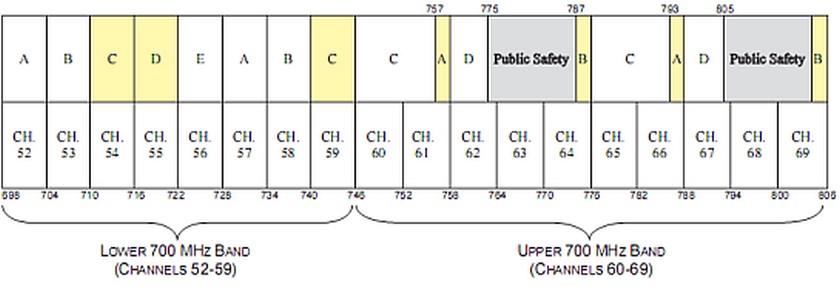
The FCC required the winning bidder of the ‘C’ Block, which had the most bandwidth on two nationwide 11 MHz chunks, to comply with ‘open platform’ conditions. It was eventually purchased by Verizon, with Google understood to have been participating in the auction as well. Verizon later re-sold this to T-Mobile. ‘D’ Block, which offered two 5 MHz sections, required public safety priority access and failed to sell.
In 2017, the 600 MHz spectrum was auctioned, a particularly valuable part of the spectrum for cell carriers, as the frequency of the waves can penetrate walls. In April, the FCC released results of that 600 MHz auction, with T-Mobile the largest bidder for nationwide low-band spectrum, with other carriers gaining licenses for other parts of the country. T-Mobile paid $8 billion for around 45 per cent of the 600 MHz spectrum, a record for the company. AT&T spent $910 million for smaller rights. That’s how valuable the spectrum can be.
With spectrum comes infrastructure: Building and maintaining the network
In 2016, T-Mobile spent hundreds of millions placing equipment and base stations tuned to the 700 MHz spectrum it bought from Verizon. Following the 600 MHz auction wins, the building begins again. Each company must now roll-out fresh equipment across base stations USA-wide to make use of their new asset.
It’s not just building it once and then reaping the rewards or adding new frequencies to existing equipment. Obsolescence is rapid and carriers must continually upgrade their networks, for both new technology and to manage capacity as demand grows for more data.
5G is the next major generation network or system and it has completely different standards to 4G. 5G sits at high-frequencies above 3GHz and up to 38GHz, to carry more data. New technology, more towers and more signal boosting will be required.
Given the expense, and that we’re yet to see any device supporting 5G technology, it won’t be until 2019 or 2020 when we see gradual 5G roll-out from handset manufacturers and carriers.

Towers
Cell phone towers are the visible means to provide service on a spectrum. Carriers use cell towers to place antennas at high vantage points to send and receive radio signals. High ground offers better reception as it’s easier for users to be in line-of-sight of a tower, allowing radio signals to travel further.
Carriers once owned a competing network of cell towers, with all the complexities of leasing or owning land. The carriers all got out of this business this decade, selling or long-term leasing their towers for cash to focus more on their primary goals: better communication.
Both T-Mobile (in 2012) and AT&T (in 2013) leased or sold their cell phone towers to Crown Castle. Verizon did the same in 2014, to American Tower. From the terms of the Verizon deal alone, Verizon rents 11,324 towers back from American Tower, at a cost of over $258 million per year.
Cell towers are like icebergs - it’s what’s underneath that really counts or costs
But cell towers are like icebergs – it’s what’s underneath that really counts – or costs in this case. Operating costs attributable to providing wireless service go far beyond direct switch and cell site costs. To get an idea, we can look at what the companies are releasing to their stockholders via financial reports. As laid out in T-Mobile’s 2016 Annual Report, other costs include “network access and transport costs, utilities, maintenance, associated labor costs, long distance costs, regulatory program costs, roaming fees paid to other carriers and data content costs”. Those expenses cost T-Mobile, the third largest network, around $5.7 billion in 2016.
To fund the asset purchases and recurring capital expenses, companies borrow money on a grand scale. T-Mobile has more than $30 billion in long-term debt and $300m in short-term debt to pay-off. They’re not alone. AT&T has $9.8 billion of short-term debt, with $113 billion due over the long-term. Verizon has a similar level of debt. Sprint is smaller and has complicated short and long term debts in the billions, too.
Other expenses
Got the spectrum, and all the equipment on the towers finely tuned? Getting customers and then retaining those customers is an everyday challenge, plus providing help and support. In 2016, AT&T spent $36.3 billion on selling, both sales and general costs, Verizon $31.2 billion and T-Mobile $11.3 billion.
There’s also the costs of selling devices, which companies do make a margin on. But against that revenue is costs like obsolescence, where old cell phones get so far out of date that companies stop trying to sell them, and shrinkage – a retailing term for stock that’s been shoplifted. This ran to $361 million for AT&T last year.
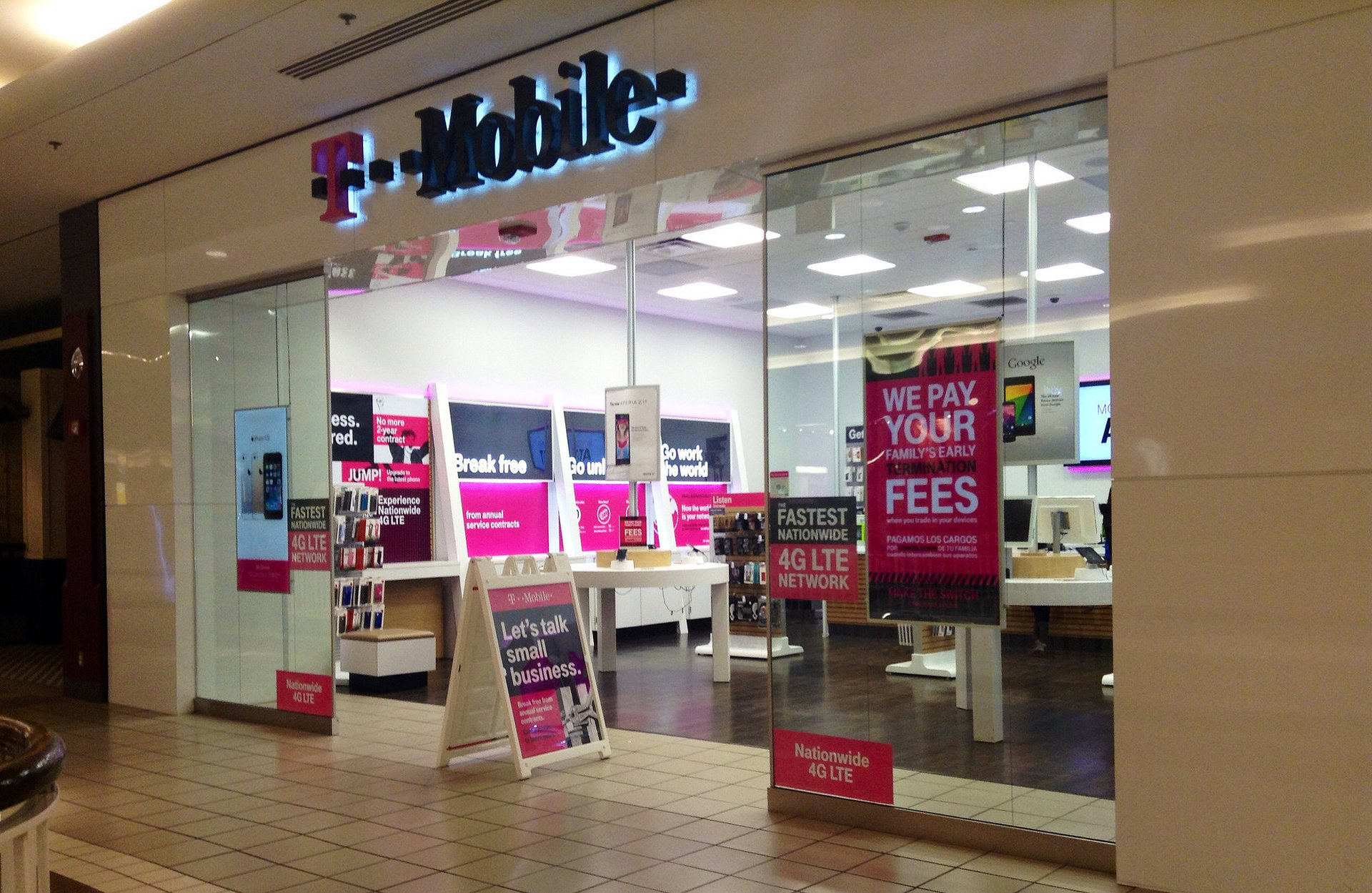
Bending the rules
Although we’re breaking down expenses, we can look at how carriers try and save money by any means possible. Verizon, AT&T, and the rest will do their best to game whatever regulations, rules, or subsidies they can.
Corporate tax breaks help – Verizon was given a huge tax subsidy of $7.3 billion between 2008 and 2012. Verizon also received up to $6 billion in federal contracts from 2011 through 2023.
Another example is wireless cell phone carriers putting down optic-fibre cables in an attempt to be designated as ‘common carriers’ under Title II of the Communications Act of 1934. Title II designation grants broad powers. A particularly handy one is the ability to compel other utilities – power, water, gas, etc – to grant access to existing infrastructure, at a federally controlled price. That makes running new fibre-optic cables between base stations to access points, for example, far more cost-effective.
Carriers will do their best to game whatever regulations, rules, or subsidies they can
More recently, Title II proved to have drawbacks for wired internet service providers, which the likes of AT&T and Verizon also offer. Title II also grants other companies to be able to fairly utilise the bandwidth in those cables, without preference for whoever is sending or receiving the data, customers or other users. That allows net neutrality to exist, and doesn’t allow for the favoring of your own customer’s data.
Rather conveniently for telecom carriers, net neutrality rules may be on the way out. Spearheaded by chairman Ajit Pai, the FCC recently voted to repeal Obama-era regulations that enshrined net neutrality principles.
No savings in sight
The costs to be a cell phone provider are significant, and it’s clear that there’ll be no big change in costs any time soon.
Spectrum fees will remain high as a source of revenue for Treasury, with the funds often repurposed, such as into FirstNet. Towers need land, and they aren’t making more of that. We always want faster, more capable phone service and data. New technology means new equipment. Plus servicing and maintaining all the old equipment and paying all the access fees, and power bills. Then convincing you to buy requires a fleet of staff and stores, plus support once you’re hooked but need help.
Fresh competition won’t happen unless a new venture decides to muscle in with a hundred billion in the bank (or in debt) to take on the big players. All-in-all, we can expect more for our dollar over time, as technology grants us more speed and equipment provides more bandwidth.
But don’t expect to be paying any less in a decade from now.